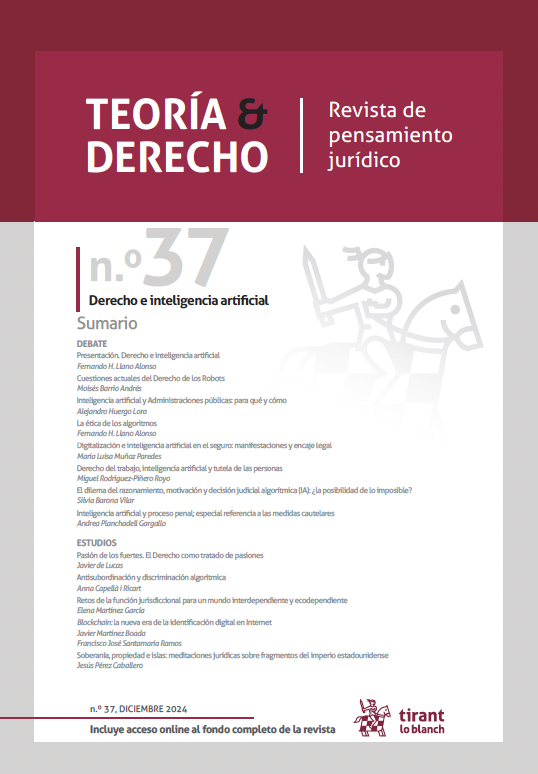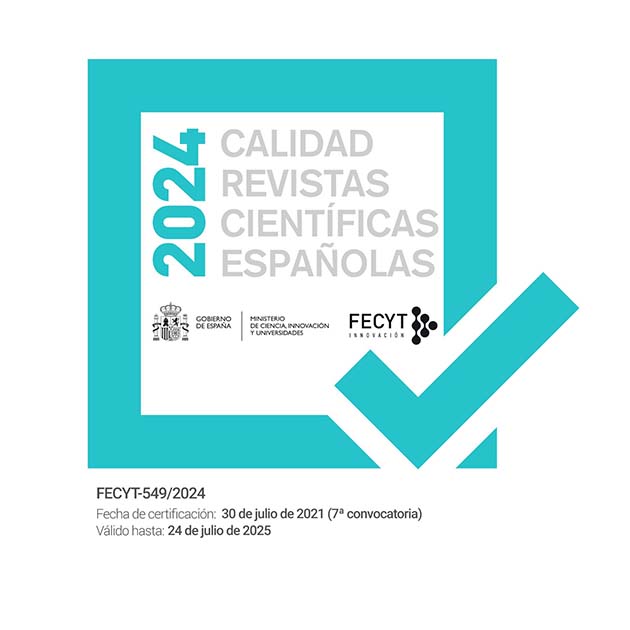Blockchain: la nueva era de la identificación digital en internet
DOI:
https://doi.org/10.36151/TD.2024.114Palabras clave:
Identidad digital, identificación, anonimato, Internet, blockchainResumen
Internet permite a las personas realizar en el ámbito digital prácticamente las mismas cosas que hacen en los entornos reales. En el mundo físico, las personas pueden ser identificadas a través de un documento único que contiene los datos esenciales que las individualizan frente a las restantes. Por el contrario, hoy por hoy en la esfera digital, los usuarios son capaces de tener bajo su control diferentes identidades que pueden identificarlos de manera fehaciente o no. Bajo esta situación, en los entornos digitales los usuarios pueden actuar desde el anonimato o pseudoanonimato con el fin de atentar contra la confianza en las transacciones y, en consecuencia, generar inseguridad jurídica. A la vista de tal situación, entidades como la UE han elaborado propuestas para crear carteras de identidad digital en las que se registren los datos de identificación de los usuarios. Sin embargo, no se presta la debida atención al hecho de que Internet es un espacio digital que no conoce fronteras y en el que difícilmente puede obligarse a los operadores del resto del mundo a hacer uso de una identidad digital única. En este contexto y dada la importancia de implantar un mecanismo de identidad digital única, aparece blockchain, un sistema trasnacional, inmutable, distribuido, seguro y descentralizado que puede ser opción idónea para instaurar una identidad digital única que permita identificar fehacientemente a los usuarios que operen en Internet. El objetivo de este artículo es analizar la situación actual de la identidad digital y argumentar que blockchain es un sistema idóneo para garantizar la identidad digital y facilitar la identificación en Internet.
Descargas
Descargas
Publicado
Número
Sección
Licencia
Derechos de autor 2024 Teoría & Derecho. Revista de pensamiento jurídico

Esta obra está bajo una licencia internacional Creative Commons Atribución-NoComercial-SinDerivadas 4.0.




















